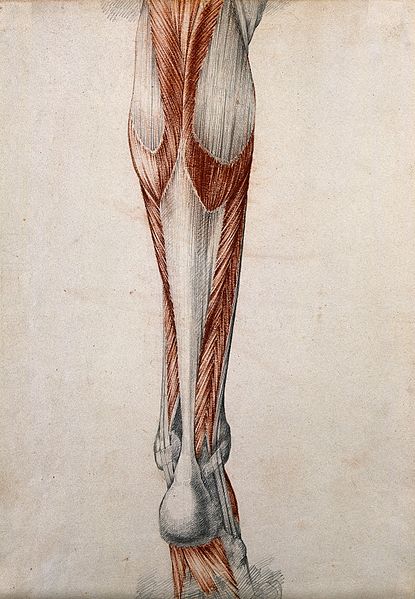TENDINOSIS AND ITS RELATIONSHIP TO DIABETES

The IOC (International Olympic Committee) uses a number of organizations to research SPORTS INJURIES. One of these is the Australian Centre for Research into Sports Injury and it’s Prevention. The current issue of the pain journal, Practical Pain Management, has an article about a study recently done by this group (Diabetes Patients May be at Increased Risk of Tendinopathy). Great article, but with what we know about DIABETES, should we be surprised by their findings? Not really.
If you go back and re-read my article on KETOGENIC DIETS, you’ll find a short (seven minute) video by Dr. Charles Mobbs about the fact that BLOOD SUGAR is quite possibly the number one factor in aging and disease. Not a shock considering I have been BLOWING THIS SAME HORN for years. The shocking part of all of this is that when you start looking at studies on virtually all diseases (even many of the so called “GENETIC” diseases) you’ll find that they have their foundations in Blood Sugar. Note that this does not necessarily mean that your Blood Sugar levels are high — at least according to our nation’s ‘normals’ or at least initially. What it means is that no matter how hard your body tries, it will eventually lose its battle with its ability to metabolize the immense amounts of SUGAR and PROCESSED CARBOHYDRATE so ubiquitous to the SAD (Standard American Diet).
Although I am one of those people who believes that when it comes to WEIGHT LOSS or battling chronic diseases such as Diabetes, diet trumps exercise (HERE) every time — and it’s not even close. This is not to say, however, that exercises is not valuable. It’s just that you can’t work out hard enough to compensate for a crappy diet. Case in point: “About 50% of patients with diabetes have to stop exercising because of musculoskeletal pain; and tendinopathy is typically the delineating factor.” It is here that I would urge you to take a moment to learn the DIFFERENCES BETWEEN TENDINITIS AND TENDINOSIS. There is much more at stake here than an argument over semantics.
The Aussie researchers looked at over 1,000 scientific papers, threw out the ones that did not meet their criteria, and then crunched the data. What they found was disturbing for those of you who either have PRE-DIABETES or are considered MONW. “The researchers found that people with diabetes were more than three times (3.67) at risk of developing tendinopathy compared to the controls, regardless if the tendinopathy was diagnosed by imaging or clinical criteria.” This was after throwing out confounders (“INCREASED CHOLESTEROL, STATIN USE, and ADIPOSITY [Obesity])”
The number one finding in these folks was, “thickened tendons“. After revealing this, they implicates Collagen Cross-Linking — something you can read about in the link a couple paragraphs back (or HERE). They also talked about the, “decreased vascularization” (blood supply) seen in Tendinosis / Tendinopathy. Blood supply is a huge problem with diabetics (and the obese) anyway (think PHN here). Add to it that tendons already have a poor blood supply, and you can imagine what might happen. But what about treatment?
Solving these and similar problems are where the rubber meets the road. Even though Tendinosis is not itself considered INFLAMMATORY, the conditions that set it up certainly are. Thus, you will probably have to deal with some of the underlying inflammatory factors — especially if you find yourself with SYSTEMIC TENDINOSIS. The authors admit this by talking about the things that constitute effective treatment — certain types of exercise / stretching and a wide array of body work techniques. They also admit that standard IMMUNO-SUPPRESSIVE THERAPY does not work worth a flip.
“Pharmacologic therapy does not do much, and continued use of anti-inflammatory drugs can even be counterproductive. In tendinopathy, ‘inflammation’ is not the pain generator and the NSAIDS do not do much more than Tylenol would, and of course there’s the kidney and gastrointestinal risk.”
Remember what I told you about Blood Sugar being the primer for the vast majority of all health woes? There is an epidemic of Diabetes sweeping our nation like an unholy tsunami of HFCS (HERE). If you are one of the majority of Americans living with chronic health conditions, you’ve probably already come to the realization that your doctor can’t do as much for you as was ADVERTISED on TV. In other words, you are going to have to do some “Heavy Lifting” as far as your health is concerned. The truth is, you are largely on your own (OR MAYBE NOT). But don’t fret. There are all sorts of things you can do to help your cause, and hopefully even help you get off your CRUDDY DIABETES MEDICATIONS. Where is the best place to start? HERE of course.
